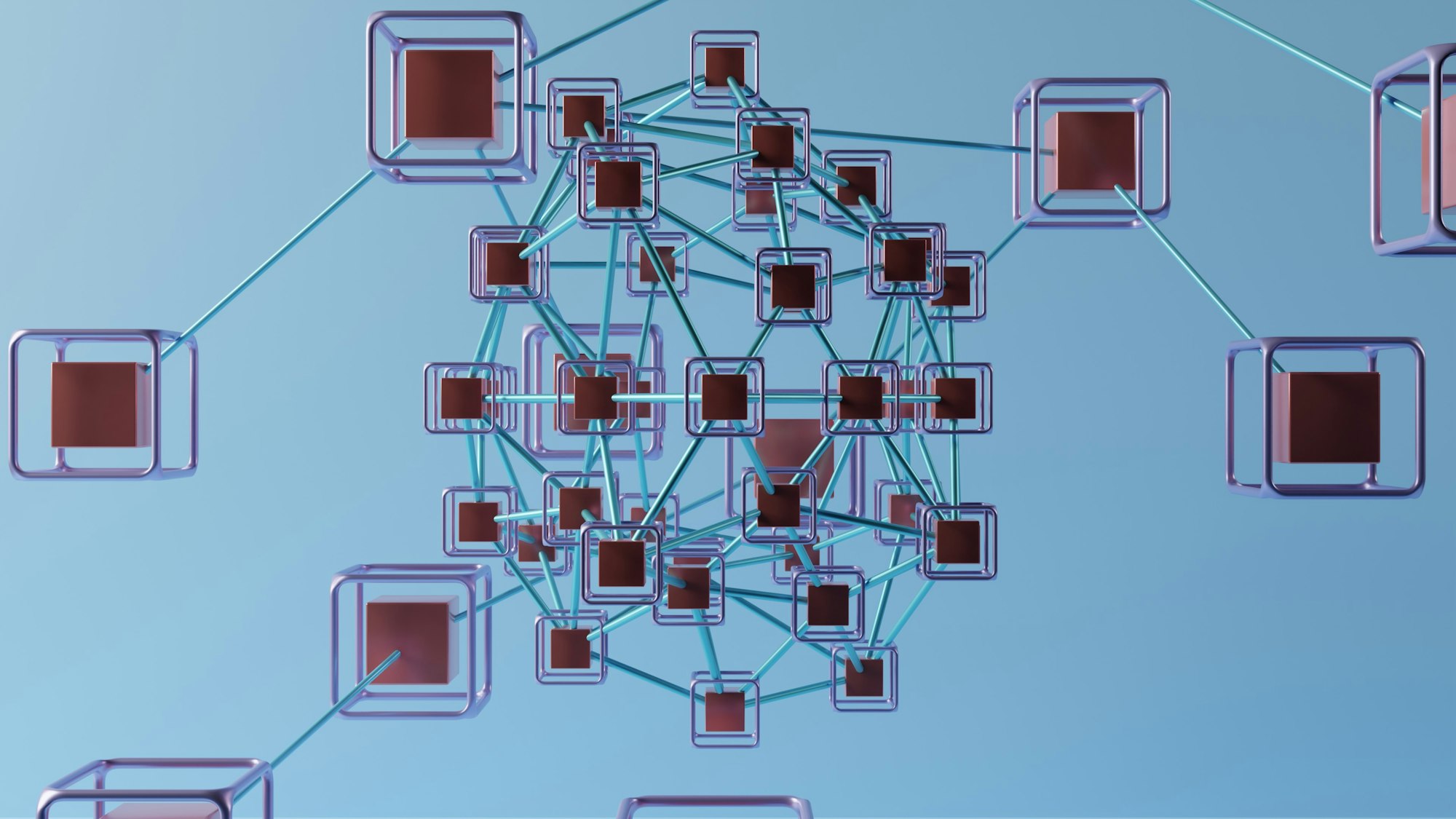Graph machine learning is a subfield of machine learning that is concerned with the development of algorithms and techniques for learning from graph-structured data. Graphs are a flexible and powerful data structure that can be used to represent a wide range of real-world phenomena, including social networks, biological networks, and communication networks, to name a few examples.
Graph machine learning algorithms are designed to learn from data that is represented as a graph, and they are particularly useful for tasks such as node classification, link prediction, and graph classification. Some common techniques that are used in graph machine learning include graph convolutional networks (GCNs), graph attention networks (GATs), and graph autoencoders.
Graph machine learning has a wide range of applications in many different fields, including natural language processing, computer vision, and drug discovery. It is an active area of research, and there are many exciting developments and new techniques being developed all the time.
Follow the link for comprehensive tutorial on GML.

We curate and publish daily updates from the field of AI.
Consider becoming a paying subscriber to get the latest!





